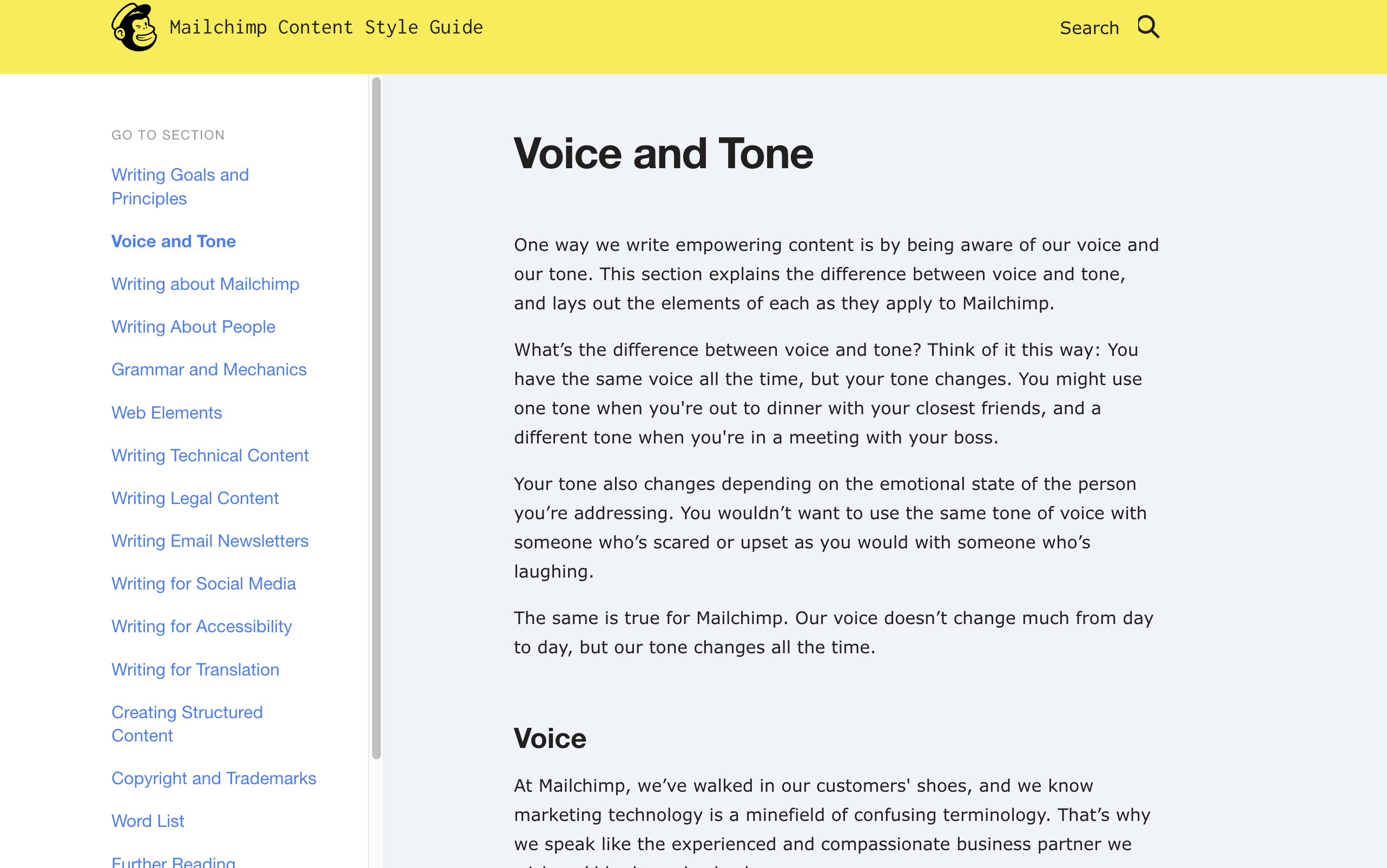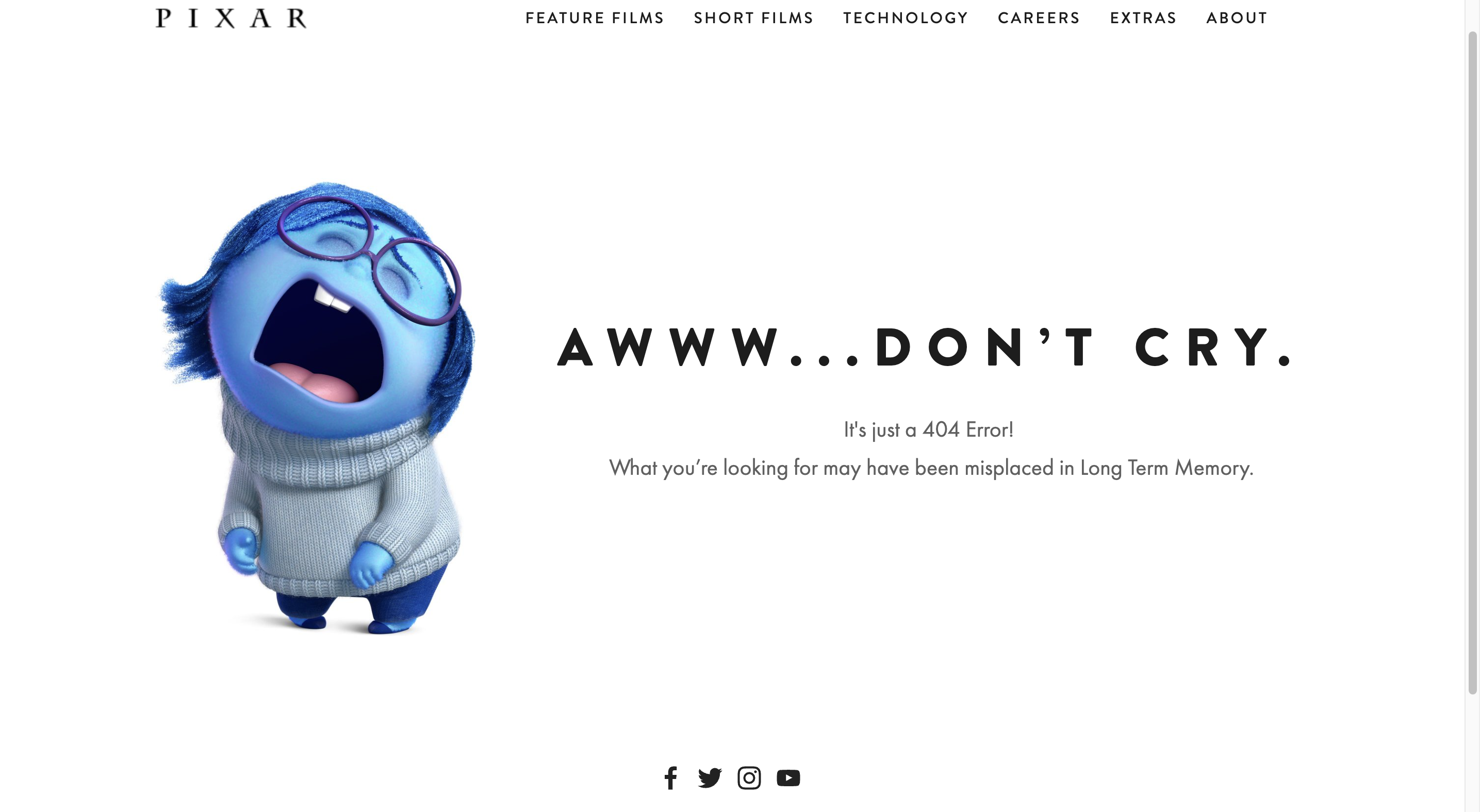How to Implement Brand Voice Guidelines Within an Organization

A strong, clear, and consistent brand voice helps establish trust and an emotional connection with customers. Yet, companies often address this vital piece of their overall brand in an informal or offhand way.
Guidelines about what to say and how to say it are often thrown into an overarching brand book between rules about logo colors and font typographies. Or worse, they aren’t written down anywhere at all.
It should be a brand’s top priority to maintain the consistency of its brand voice across all channels. According to Lucidpress, having a cohesive brand voice across all your platforms can increase revenue up to 20 percent or more.
Defining these guidelines is one thing, but implementing them so that everyone in an organization is on board with them is another. It is crucial to have a proper plan in place to put your brand voice guidelines into action across your organization.
- Get brand voice buy-in from key stakeholders
- Make your brand voice guidelines accessible to your whole company
- Create brand voice training
- Conduct a brand voice audit
- A cohesive brand voice is a pillar of a strong content operation
Get brand voice buy-in from key stakeholders
Before you can focus on implementing your brand voice across your organization, you need buy-in from key internal and external stakeholders. Who your stakeholders are will differ depending on the kind of company you have.
The people who lead the content at your company, such as the content marketing director, marketing director, and creative director, are the first ones who need to buy in. Anyone who interacts with customers or oversees customer relations will also need to be sold on your brand voice. You will also need buy-in from your leadership team by convincing them that your brand voice guidelines will serve the company as a whole.
Build decks to present your brand voice guidelines to your key stakeholders and clearly communicate the benefits of implementing these guidelines throughout your organization. Regularly meet with your content team and leadership team. This way, you ensure everyone is aligned around these editorial standards while continuously reinforcing the value of these guidelines to the overall content operation and your company’s goals at large.
Your brand voice should be aligned with your company’s ethos, values, and culture and be clearly exemplified in every interaction employees have with customers and how they talk about your company. Inspire employees to the call by creating a motto or mission statement that promotes your brand voice and shared values. More than just a rah-rah gimmick, this can imbue your employees with pride in your brand image and help channel your brand voice throughout the organization.
For example, FedEx has its employees take an oath to deliver on “The Purple Promise,” a philosophy based on providing a customer-first experience, focused on customers’ needs in a compassionate, professional, and thoughtful way.
Make your brand voice guidelines accessible to your whole company
Brand voice must be consistent across departments and beyond the tenure of any one person at your company. To ensure everyone in your organization aligns on voice, they need to be easily accessible.
Assemble your brand voice guidelines in a writing style guide, a single source of truth where all aspects related to content production live. Include tone, voice, and messaging to keep everyone in your organization aligned on editorial standards.
Also cover language used to describe your products, how you address customers, the way you frame the problems you solve, and the solutions you provide. If team members or new hires have questions about brand, word choice or style, they can quickly find answers.
Brand voice guidelines also benefit your greater company by helping employees in other departments understand how content, brand, and voice impact their own roles and duties while contributing to the company bottom line.
Keep your brand voice guidelines in an internal knowledge base. A good option is a project management platform such as Notion.

Mailchimp’s content style guide
In its content style guide, Mailchimp outlines objective voice and tone for its technical content, legal content, email newsletters, social media, and more. Keeping its guidelines in a central location helps internal teams align on messaging.
Create brand voice training
Once you have your guidelines documented, encourage a company-wide habit to adopt the same brand voice. Create regular training opportunities so everyone—including new writers onboarding—knows how the guidelines apply to their position
Hold workshops to train employees how to write on brand in the appropriate style and tone of voice. Extend these programs to employees who work outside of content. After all, everyone in your organization is a representative and guardian of your brand.
In your workshops, give specific examples of appropriate and inappropriate language to help your team hear and thin in the appropriate brand voice. Outline your brand identity’s personality. Explain how this and your brand voice fit into your larger brand identity. Offer examples of how subtleties elevate the customer experience and enhance marketing efforts.
Here’s how Starbucks explains the nuances of its brand voice, from “functional” to “expressive,” helping its content team know when to use differences in tone.
For example, for wayfinding and ordering, Starbucks writers should maintain a clear, straightforward, and thoughtful tone of voice to cater to customer needs. However, in situations where they have more latitude, writers are encouraged to showcase their passion for coffee and the company’s products through engaging stories and narratives.
Conduct a brand voice audit
Brand voice needs to transcend beyond the copy on your site or social channels. For example, on customer calls, sales and support members need to be cognizant of brand voice. Other channels and assets might include everything from all-hands meetings, internal documentation, and Terms of Service to something as simple as sales receipts. Consistency is the key.
Run a brand voice audit to discover where you are using (or aren’t using) proper brand voice and what needs refreshing. Your public-facing email campaigns and social media posts are good places to start.

Even Pixar’s 404 error page reflects its brand, turning a routine page into an on-brand, on-point customer experience. Witty copy like “What you’re looking for may have been misplaced in Long Term Memory” is immediately identifiable as Pixar’s voice.
A cohesive brand voice is a pillar of a strong content operation
Your brand voice underpins your entire content engine and strategy. It also extends across your entire organization, from Sales and Marketing to other departments and anyone who engages with customers (or prospects). That’s why aligning everyone around a unified brand voice is so important. It’s part and parcel of creating valuable customer experiences.
Home in on the impact of your cohesive brand voice by accessing insights from content analytics. Use a tool like Parse.ly to make sure that all content production is driven by purpose and data-powered insights.
